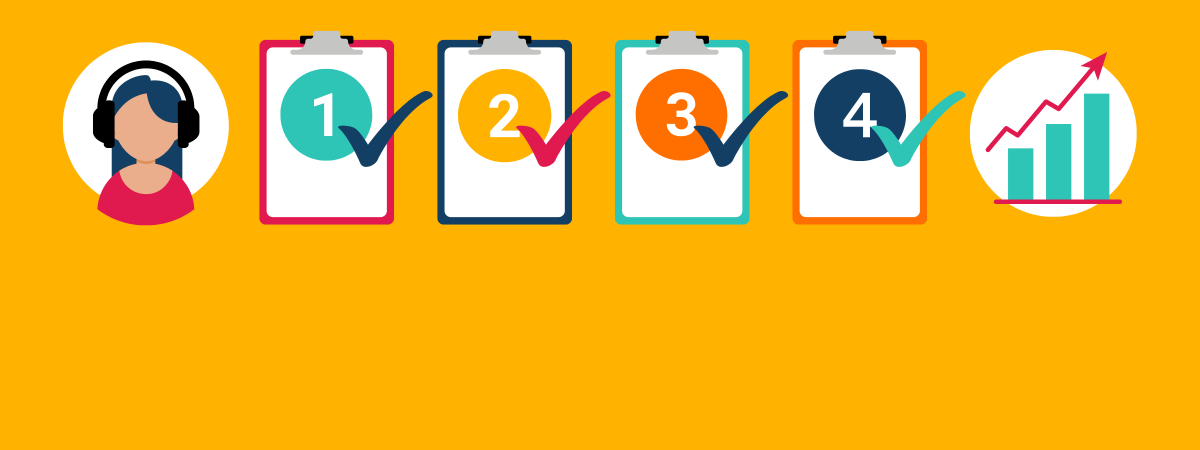Paul Riismandel
At Signal Hill Insights, we’ve been seeing an uptick in requests for direct audience surveys from podcasters, broadcasters, agencies and brands. Despite innovations in digital identity technology, you are likely to have questions about your audience that can only be answered by inviting your audience to participate in a survey.
Marketers, producers, sales execs are seeing the short- and long-term value of the first-party data these surveys deliver.
In an earlier post, I wrote about four ways to use audience surveys for audio and video podcasts, along with branded content. In this post I’m going to expand on this by sharing four reasons why you should choose audience surveys for audience, content and brand metrics. As you’ll see below, direct audience surveys are useful for broadcast and streaming radio, too.
1. Audience Surveys Deliver First-Party Data
First-party data is data that you own and control. With audience surveys you determine the questions and metrics that are most important. And you get the unfiltered results, without an intermediary redacting or withholding anything.
Your survey participants opt-in to participate, which means you have active consent and permission to obtain and use the information they provide (and you should disclose how you intend to use it).
Assuming compliance with relevant privacy regulations, owning this survey data means that you have agency over how, and how long you use it. Unlike subscribing to a third-party dataset or graph, there’s no ongoing fee.
Red Hat used a Signal Hill survey of its Command Line Heroes podcast to both confirm that it reached the desired target audience of software developers, and to measure the brand impact. Because they also gathered content metrics, they were able to optimize the show based on listener feedback. Followup audience surveys told them where their changes were hitting the mark.
2. Surveys Let You Understand the Why, Not Just the What
Digital metrics can reliably tell you if l an audience was exposed to your content or ad, or let you attribute actions like clicks or even purchases. But it can be more challenging to understand why that action happened, or – more vitally – why it didn’t.
Think of audience surveys as an interview, where you directly ask a listener or viewer what they honestly think about a podcast, show, ad or brand. They’ll tell you what they liked or disliked, and you can find out what they actually take away, remember and act on.
In a recent audience survey we developed for a radio station, some listeners said they thought the station was getting better, while a larger one thought it was holding fast. Both groups elaborated, giving concrete reasons for their opinion. The station management also learned why a tiny minority felt differently.
Conventional metrics, like ratings, can tell programmers if people are tuning in or out. But direct feedback from the audience lets you know what may be influencing these decisions and behaviors. With their survey, station management got rich responses from engaged listeners to inform their assessments and strategy.
3. Surveys Give You Deeper Demographic Insights
Depending on the content platform, the demographic data you can get varies. Walled gardens where users log in, like Spotify or YouTube, can give you table stakes metrics like age and gender. But that’s only scratching the surface. RSS-distributed podcasts and broadcasts can’t even provide that.
Even leveraging third-party enhancements has limitations, and is often unable to provide measurement at the level of the individual, only the household.
With surveys you don’t have to settle for what’s available in third-party data marketplaces. Instead, they let you dig more deeply into the consumer preferences and behaviors that matter.
You define your insights. A children’s content network might want to learn from parents how they’re consuming programming with their kids. A publisher in the travel vertical could use an audience survey to understand if their audience likes high-end or boutique hotels, or if they prefer home-shares and vacation rentals.
A network of international news podcasts recently saw a clearer picture of their shows’ global listenership thanks to a listener survey. They were able to understand their listeners’ age, gender and ethnicity, along with factors like professional profile – all broken down by region.
4. Audience Surveys Capture Engagement
Ask any brand or publisher what they most desire from audiences and you’ll get the same answer: engagement.
Engagement is an audience survey’s superpower.
I mentioned earlier that survey respondents opt-in and consent to participate. That is the core of engagement. They’re showing how they want to tell you what they think about what you produce, and what they consume. The five or ten minutes they spend with your survey is time they spend engaging with you. It’s the opposite of endless passive scrolling, only to stop and watch for a handful of seconds.
On top of that, audiences will tell you what engages them about your brand or content… and what leaves them cold. You don’t have to follow digital breadcrumbs or read tea leaves. You can ask specific and detailed questions.
One listener to a personal finance podcast reported they liked it because the show, “[g]oes to the point, covers interesting and relevant topics, [and is] not too long, but not too short.”
Downloads, clicks and view-through numbers just can’t give you that kind of authentic testimony.
I do want to be clear that I’m not claiming that audience surveys are a competitor to or replacement for digital metrics like views or attribution. Or that they will give you insights on potential listeners you don’t currently have. Rather, these surveys fill out the picture, giving you additional information and greater depth where you need it.
What do you want to learn from, or about, your audience? We’d love to help you figure it out.




